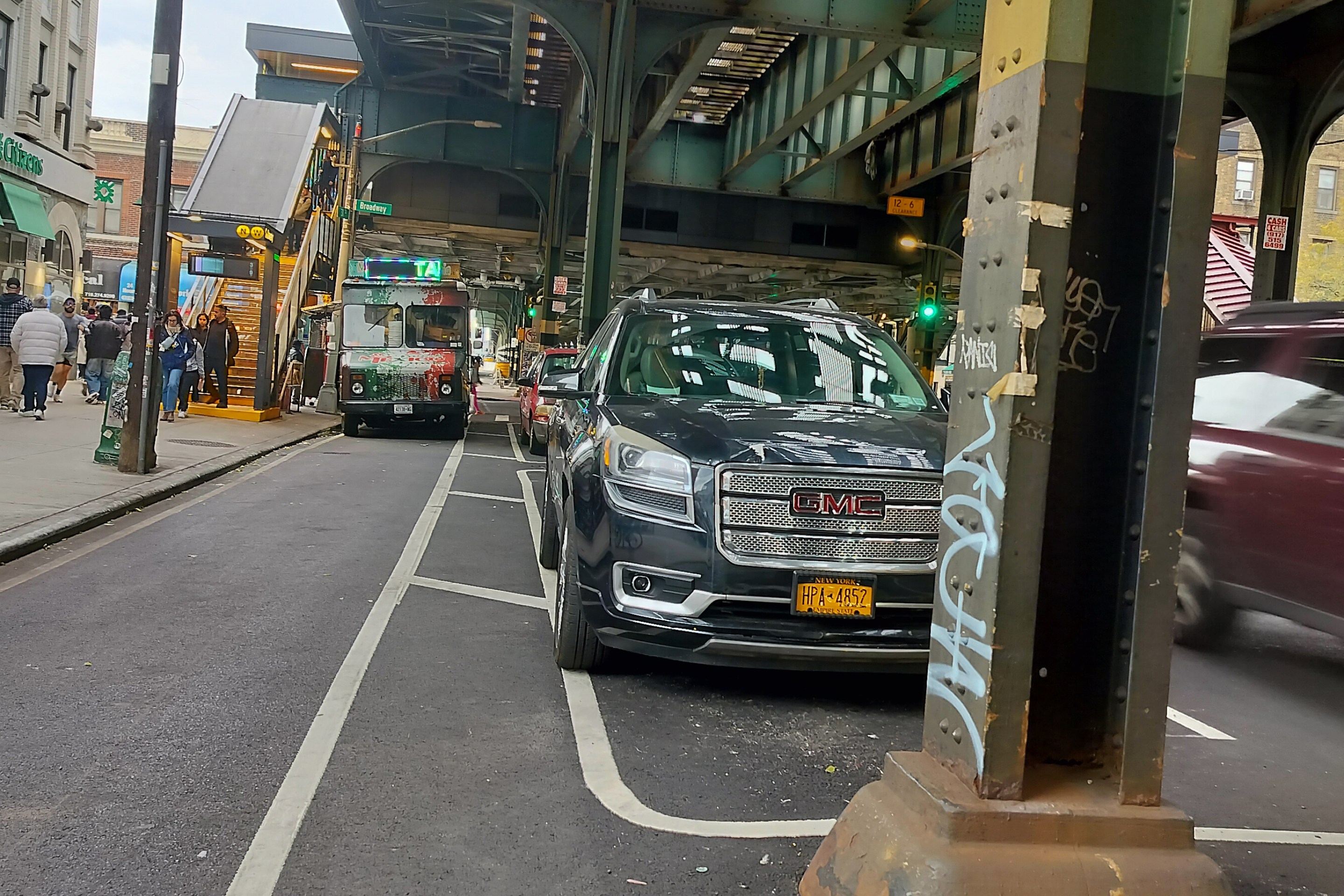
The Times reported Saturday that vehicle traffic on Port Authority bridges and tunnels declined by 2.9% in March, in the wake of toll increases that took effect on March 2. In typical bizarre fashion, the Times' lede asks, “Who needs congestion pricing when plain old toll increases seem to do the job?”
Why not this instead: "Dip in traffic after toll hike shows missed promise of congestion pricing"?
After all, the Hudson River portal accounts for just 18% of CBD-bound auto trips, according to traffic guru Brian Ketcham. So a 3% dip in traffic through that portal yields a measly one-half of one percent dip in total traffic into the Manhattan charging zone.
Message: just raising tolls on already-tolled facilities won’t do much to bust traffic. Who needs congestion pricing? NYC, obviously.
But there's value in the story nevertheless: the PA datum offers a means to estimate the price-elasticity of car travel into Manhattan, and thus to validate (or not) the congestion pricing plan that didn't make it, as well as alternatives like the Kheel Plan.
So put your math hats on boys and girls. Here goes.
By my numbers, the estimated average out-of-pocket cost to drive into Manhattan across the Hudson
a few months ago was $28.75. That reflects a $5 toll, $3/gallon gas, and a 70% chance of paying market-rate parking in the CBD.
Now the P.A.’s $2 toll hike and the concurrent 25 cent-a-gallon rise in the price of gas have bumped up that cost by an average of $2.30, or 8.1%.
Voila. An average 8.1% rise in the cost of a drive-in commute has led to a 2.9% drop in travel. That translates to a 36% price-elasticity (since 2.9%/8.1% = 36%).
Okay, that’s a first-cut figure. It doesn’t account for the possibility that the worsening economy has damped down traffic, though I doubt the incipient recession was a big factor. But it also doesn’t reflect that some
drivers take awhile to react to tolls, especially when their transactions are via credit card.
In my book, the 36% figure says that car use and traffic volumes are responsive to the price to drive. Not 1-for-1 responsive, but responsive nonetheless. Raise the price to drive — through tolls, gas taxes, parking pricing, whatever — and traffic will diminish.
The numbers also practically scream not to look to gas prices as a traffic solution. (Peak Oilers out there, are you listening?) The recent, latest hike in gas prices was barely a blip in the higher cost to drive and the consequent drop in Hudson River auto crossings.
Conclusion: Road pricing will raise the cost and reduce the frequency of driving into Manhattan faster and more permanently than events in the oil sector.
Photo: brandi666/Flickr





